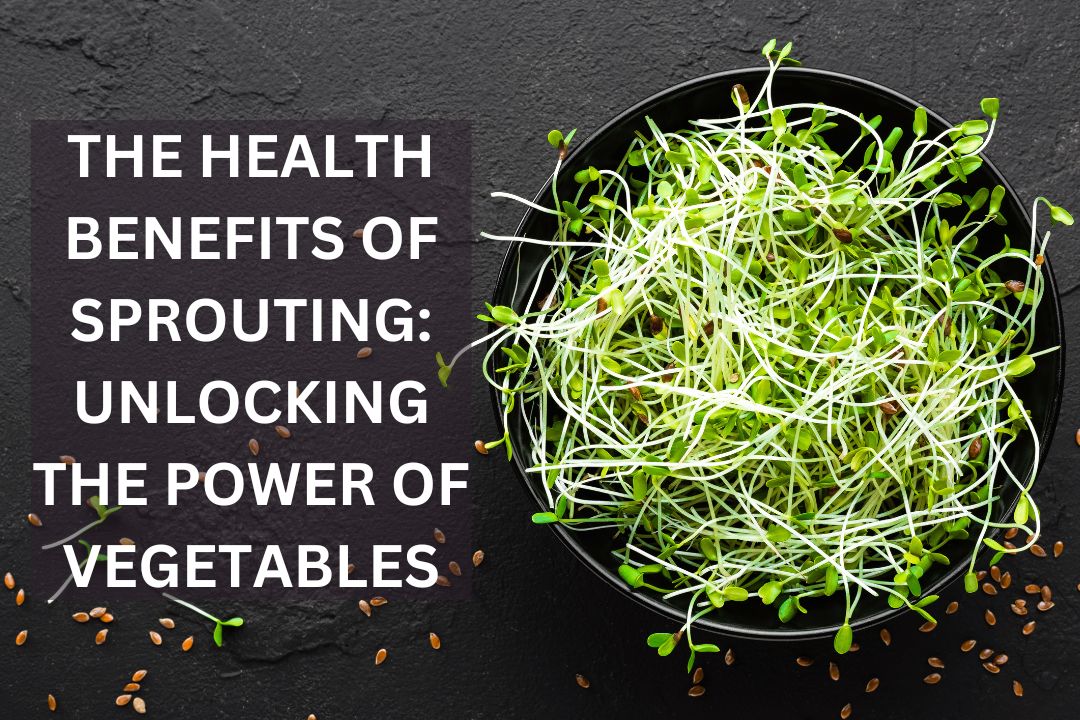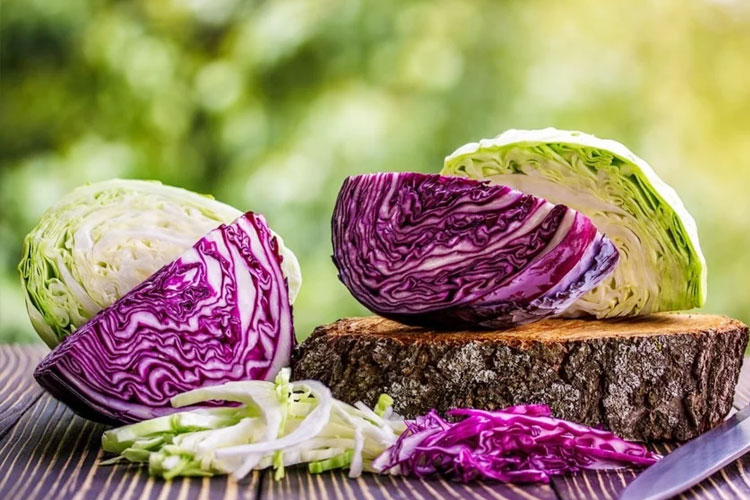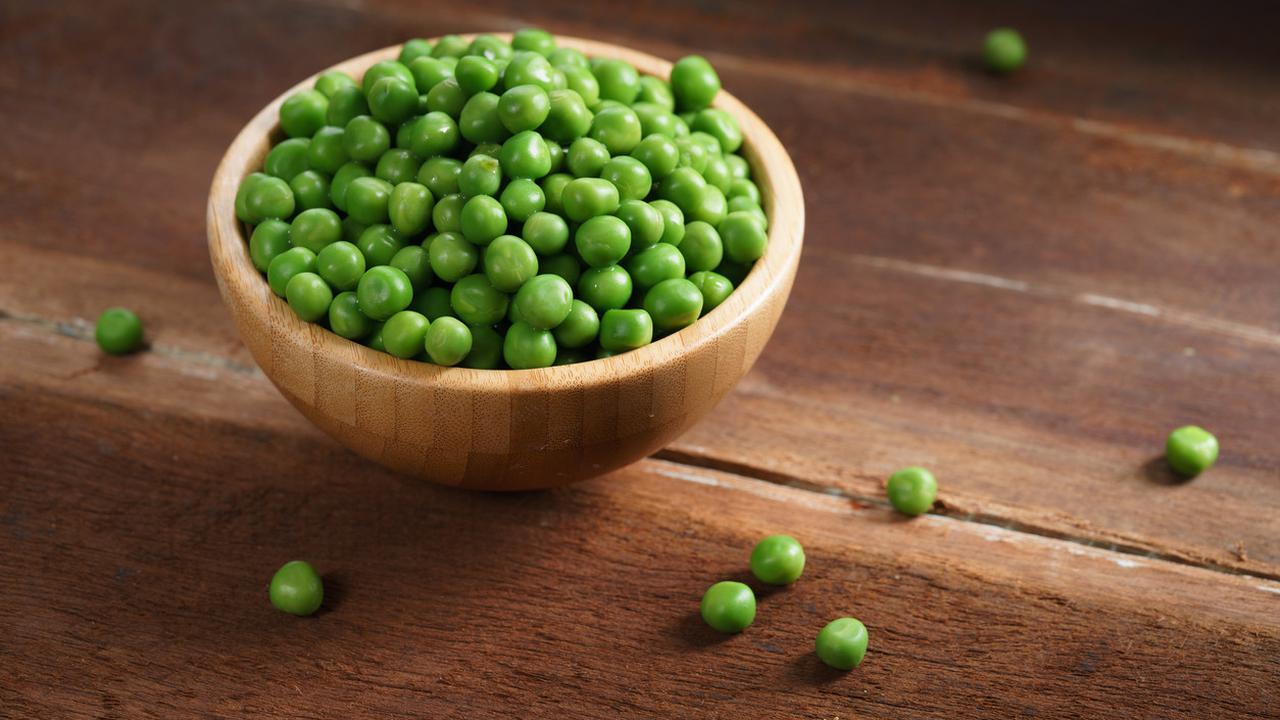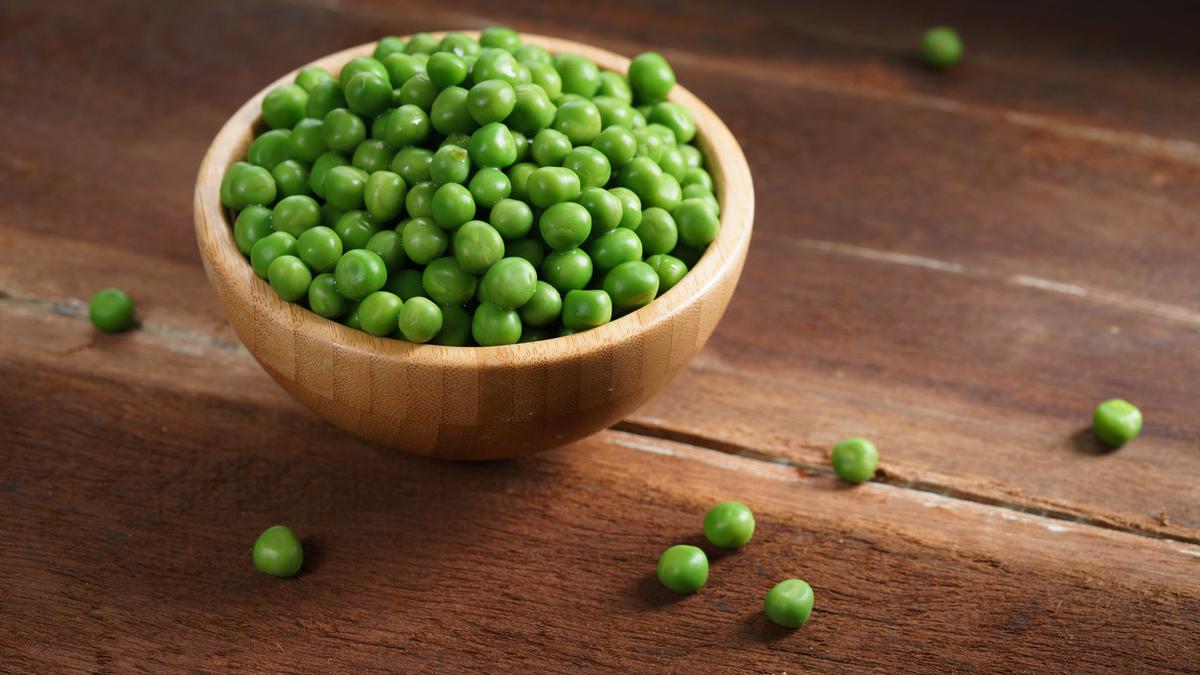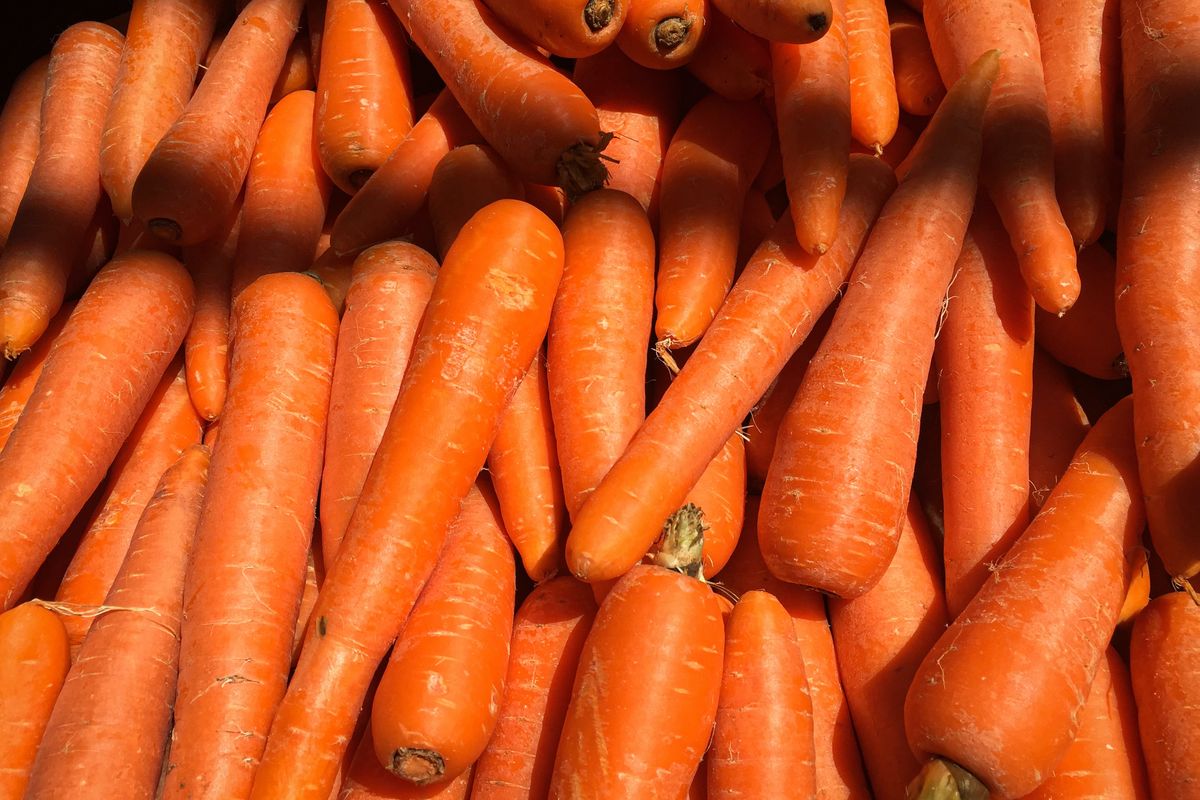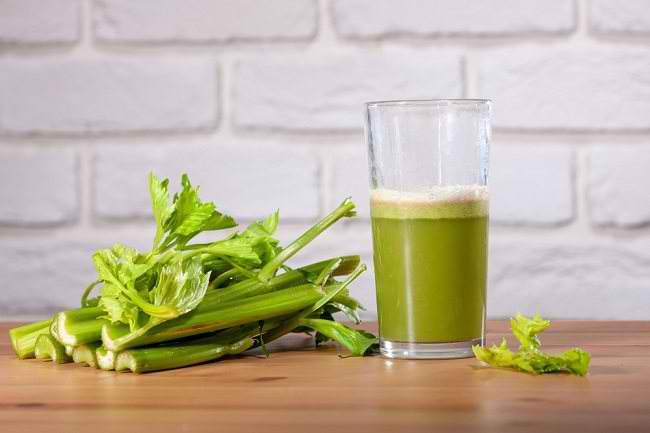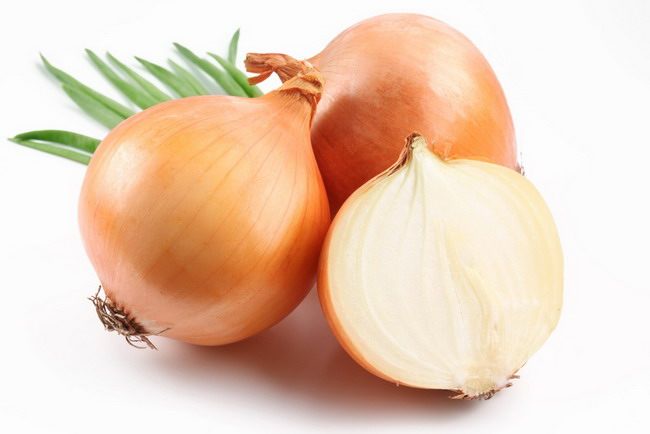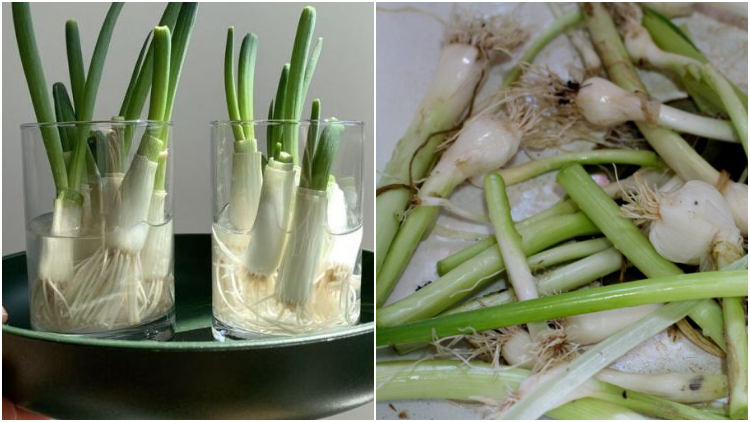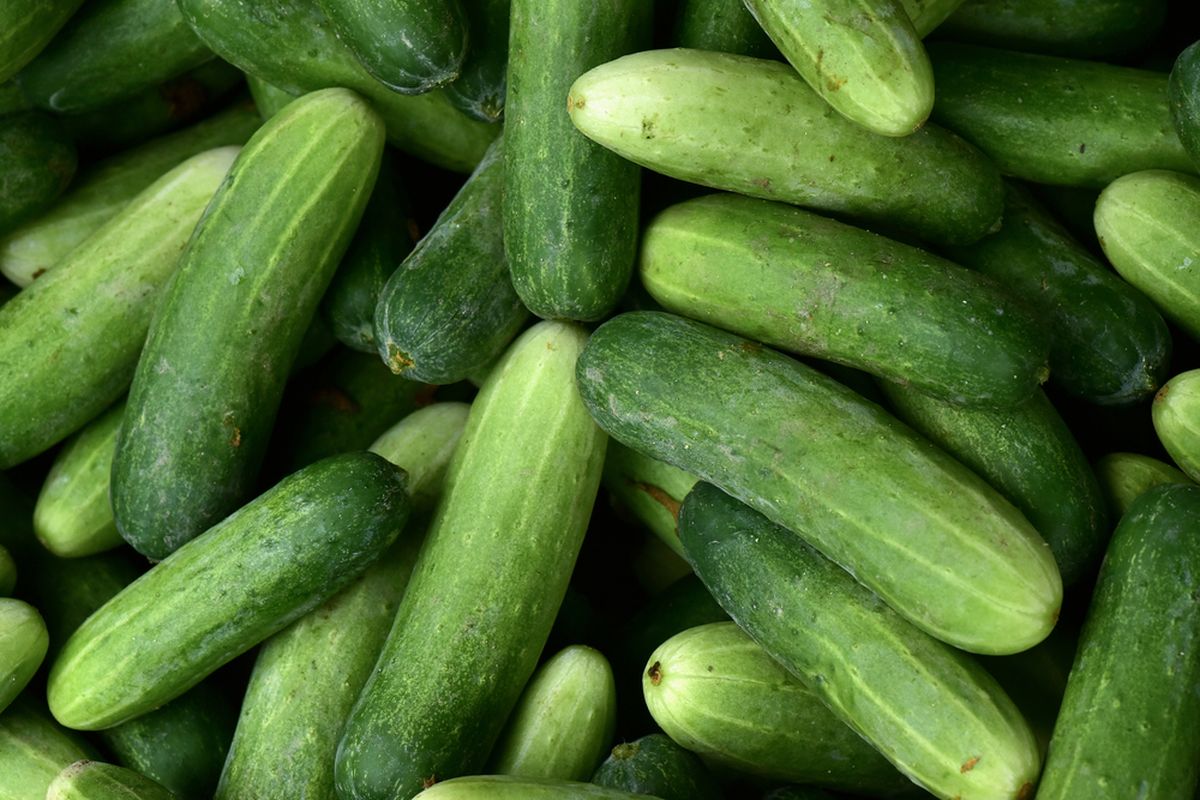Sprouted vegetables, often called "sayuran kecambah" in Indonesian, have gained popularity worldwide for their freshness, nutritional richness, and versatility in culinary uses. These young shoots are the germinated form of various vegetables and legumes, offering a unique texture and flavor profile that enhances many dishes. Beyond their culinary appeal, sprouted vegetables are recognized for their health benefits and sustainable cultivation methods. This article explores the various aspects of sprouted vegetables, from their growth process to their nutritional advantages, ways to select and store them, and their role in promoting a healthy and environmentally friendly diet.
What Are Sprouted Vegetables and Their Nutritional Benefits
Sprouted vegetables are the young seedlings that emerge after seeds, grains, or legumes are soaked and allowed to germinate. Common examples include mung bean sprouts, alfalfa, broccoli sprouts, and radish sprouts. These sprouts are typically harvested within a few days of germination when they are tender and packed with nutrients. They are characterized by their crisp texture and often have a mild, fresh flavor that complements a variety of dishes.
Nutritionally, sprouted vegetables are considered powerhouses of vitamins, minerals, and antioxidants. The sprouting process activates enzymes that increase the bioavailability of nutrients, making them easier for the body to absorb. For instance, sprouted beans and grains tend to contain higher levels of vitamin C, vitamin A, and B-complex vitamins compared to their unsprouted counterparts. They also provide significant amounts of dietary fiber, which aids digestion, and phytochemicals that have antioxidant properties, helping to combat oxidative stress and inflammation.
Moreover, sprouted vegetables are low in calories but rich in essential nutrients, making them an excellent addition to weight management diets. Their high enzyme content can also support metabolic processes, promoting overall health. Many studies suggest that consuming sprouted vegetables may help improve immune function, support detoxification, and reduce the risk of chronic diseases such as heart disease and certain cancers.
In addition, because they are harvested at an early stage, sprouted vegetables tend to contain fewer anti-nutrients like phytic acid, which can interfere with mineral absorption. This makes their nutrients more accessible to the body, enhancing their health benefits. Overall, incorporating sprouted vegetables into daily meals can significantly boost nutritional intake and contribute to a balanced diet.
The Process of Growing Sprouted Vegetables at Home
Growing sprouted vegetables at home is a straightforward process that requires minimal equipment and time. The first step involves selecting quality seeds or legumes, such as mung beans, lentils, alfalfa, or broccoli seeds. These should be rinsed thoroughly to remove any debris or contaminants before starting the germination process.
The seeds are then soaked in clean water for a period ranging from 6 to 12 hours, depending on the type of seed. After soaking, the excess water is drained, and the seeds are spread evenly in a sprouting container—such as a jar with a mesh lid, a sprouting tray, or a shallow dish. The container is kept in a well-ventilated area away from direct sunlight, with rinsing and draining performed 2-3 times daily to maintain moisture and prevent mold growth.
Within a few days, usually between 2 to 7 days, the sprouts will emerge, developing small shoots and leaves. During this period, it’s important to keep the sprouts moist but not overly wet and to ensure good airflow. Once they reach the desired length and appearance, they are ready to be harvested, rinsed thoroughly, and prepared for consumption.
Growing sprouts at home offers advantages such as freshness, control over the growing environment, and the ability to experiment with different seed types. It also reduces reliance on store-bought sprouts, which may sometimes carry contamination risks if not properly handled. With simple tools and attentive care, anyone can cultivate nutritious sprouted vegetables right in their kitchen.
Popular Types of Sprouted Vegetables and Their Uses
Several types of sprouted vegetables are popular worldwide, each offering unique flavors and nutritional profiles. Mung bean sprouts are perhaps the most widely consumed, especially in Asian cuisines, used in stir-fries, soups, and salads. Broccoli sprouts are valued for their high levels of sulforaphane, a potent antioxidant, and are often added to smoothies or salads.
Alfalfa sprouts are known for their delicate texture and mild flavor, making them suitable for sandwiches, wraps, and garnishes. Radish sprouts provide a spicy kick and are commonly used in Asian salads, sushi, or as a topping for noodle dishes. Lentil and chickpea sprouts are protein-rich and versatile, often incorporated into veggie burgers, salads, or served as side dishes.
Other less common but increasingly popular sprouts include sunflower, clover, and mung bean sprouts, which can be added to a variety of dishes for extra crunch and nutrition. These sprouts are not only used raw but can also be lightly steamed or stir-fried to enhance flavor and digestibility.
In culinary applications, sprouted vegetables serve as fresh ingredients in salads, wraps, and sandwiches, adding texture and flavor. They can also be incorporated into smoothies, soups, and stir-fries, providing nutritional benefits while enriching the taste profile. Their versatility makes them suitable for a wide range of dietary preferences and cuisines.
Health Advantages of Incorporating Sprouted Vegetables into Diets
Including sprouted vegetables in your diet offers numerous health benefits. Their high nutrient density supports overall wellness by providing essential vitamins, minerals, and antioxidants. These nutrients help strengthen the immune system, improve skin health, and promote proper cellular function.
The enzyme activity in sprouts can facilitate digestion and enhance nutrient absorption, making it easier for the body to utilize the nutrients present. The high fiber content supports digestive health by promoting regular bowel movements and preventing constipation. Additionally, the antioxidants present in sprouts help neutralize free radicals, reducing oxidative stress and lowering the risk of chronic diseases such as cardiovascular disease and certain types of cancer.
Sprouted vegetables are also known to have anti-inflammatory properties, which can be beneficial for individuals with inflammatory conditions or those seeking to reduce systemic inflammation. Their low calorie and fat content make them suitable for weight management and maintaining a healthy body composition.
Furthermore, some sprouts like broccoli and radish contain phytochemicals that may support detoxification processes in the liver. Consuming a variety of sprouted vegetables can also contribute to better skin health, increased energy levels, and improved mental clarity. Overall, integrating sprouted vegetables into daily meals is an effective way to boost health naturally and sustainably.
How to Select Fresh and Quality Sprouted Vegetables
Choosing fresh and high-quality sprouted vegetables is essential to maximize their health benefits and culinary appeal. When selecting sprouts from the store or market, look for ones that are vibrant, crisp, and free from sliminess or discoloration. Fresh sprouts should have a firm texture and a clean, fresh aroma without any off-putting smell.
Examine the color and appearance; healthy sprouts often display a bright green or white hue, depending on the variety. Avoid any that appear wilted, yellowed, or have dark spots, as these may indicate spoilage or poor storage conditions. If purchasing pre-packaged sprouts, check the packaging date to ensure freshness and avoid products that are past their expiration date.
For home-grown sprouts, ensure the seeds or legumes used are of high quality, free from mold or damage. Proper rinsing and handling during the sprouting process also influence the quality of the final product. It’s advisable to buy from reputable sources that maintain good hygiene standards to minimize the risk of contamination.
In addition, consider the source and cultivation practices; organic or locally grown sprouts are often preferred for their reduced exposure to pesticides and chemicals. Properly stored and handled sprouts will retain their nutritional value and flavor, making them a safe and nutritious addition to your diet.
Tips for Proper Storage and Preservation of Sprouted Vegetables
Proper storage of sprouted vegetables is crucial to maintaining their freshness, texture, and nutritional quality. Fresh sprouts should be kept refrigerated at temperatures between 0-4°C (32-39°F) and consumed within 2-3 days of purchase or harvest for optimal freshness. To store them, place the sprouts in a breathable container or a paper towel-lined container to allow air circulation and absorb excess moisture.
Avoid storing sprouts in airtight containers without ventilation, as this can promote mold growth and spoilage. Rinsing sprouts gently before storing can help remove any bacteria or dirt, but ensure they are thoroughly drained to prevent excess moisture. Regularly check stored sprouts for signs of spoilage, such as sliminess, foul odor, or discoloration, and discard any affected portions.
If you have an excess of sprouts, they can be blanched briefly and then frozen for longer preservation, although this may affect their texture. Alternatively, drying sprouts at low temperatures can be an option but is less common for maintaining their fresh qualities. Proper handling and storage practices ensure the safety and nutritional integrity of sprouted vegetables until they are ready to be used.
For long-term storage, consider growing sprouts in small batches regularly to ensure freshness and reduce waste. Keeping them in a clean, dry, and cool environment will help maximize their shelf life and retain their vibrant flavor and crunch.
Cooking and Preparing Methods for Sprouted Vegetables
Sprouted vegetables are incredibly versatile and can be enjoyed raw or cooked depending on the type and preferred taste. Raw consumption preserves most of their nutrients, making them ideal for salads, sandwiches, wraps, and garnishes. To prepare, rinse the sprouts thoroughly under cold water to remove any dirt or bacteria before adding them to dishes.
Light steaming or blanching for a minute or two can make some sprouts more digestible and enhance their flavor, especially for those with sensitive stomachs. Cooking also reduces the risk of bacterial contamination, which is a concern with raw sprouts. Stir-frying sprouts with garlic, ginger, or other seasonings is another popular method that adds depth to their flavor and improves digestibility.
Sprouted vegetables can also be incorporated into smoothies, where their mild taste blends seamlessly with fruits and liquids. They can be added to soups

